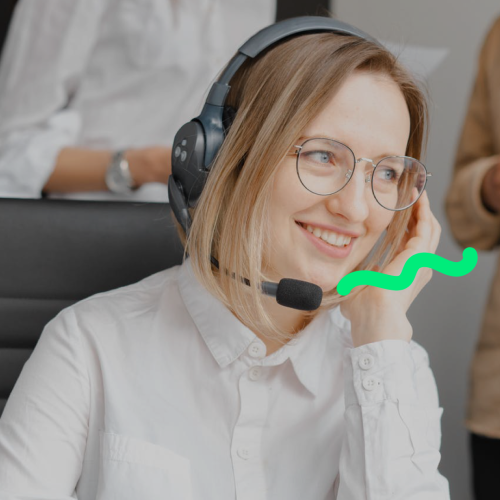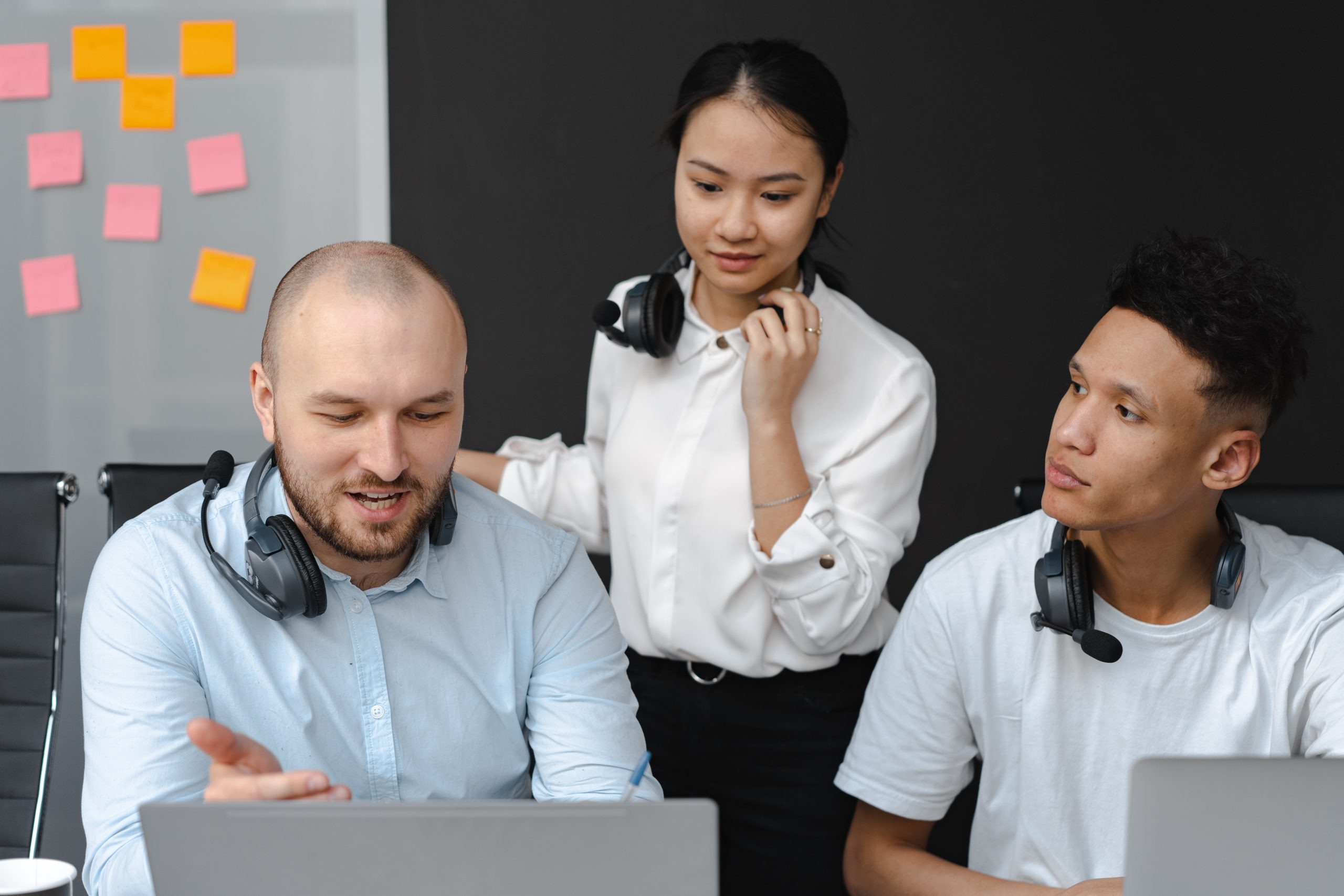All Categories
Featured
Table of Contents
- – What Is The Best Answering Services 101: Everyt...
- – How Do I Find A What Is A Phone Answering Serv...
- – Who Is The Best What Are Business Call Answeri...
- – What's The Best Telephone Answering Service -...
- – Best Telephone Answering Service For Smes - M...
- – What Is The Best How To Start An Answering S...
What Is The Best Answering Services 101: Everything You Need To Know ... 2023
This gadget and its successors were created by Sava Jacobson, an electrical engineer with a personal consulting service. While early voice mail used magnetic tape technology, a lot of contemporary devices uses strong state memory storage; some gadgets use a mix of both, with a solid-state circuit for the outbound message and a cassette for the inbound messages.
"toll conserving" below) (local phone answering service). This is beneficial if the owner is screening calls and does not wish to talk to all callers. In any case after going, the calling party ought to be informed about the call having been answered (most of the times this starts the charging), either by some remark of the operator, or by some greeting message of the little bit, or dealt with to non-human callers (e.
This holds especially for the Littles with digitally kept welcoming messages or for earlier machines (before the rise of microcassettes) with an unique endless loop tape, separate from a second cassette, devoted to recording. There have actually been answer-only gadgets without any recording capabilities, where the welcoming message had to notify callers of a state of existing unattainability, or e (reception services).
How Do I Find A What Is A Phone Answering Service? Service?

about availability hours. In recording TADs the greeting normally includes an invite to leave a message "after the beep". An answering maker that uses a microcassette to tape-record messages On a dual-cassette answerphone, there is an outgoing cassette, which after the defined variety of rings plays a pre-recorded message to the caller.

Single-cassette voice mail include the outbound message at the start of the tape and incoming messages on the staying area. They initially play the statement, then fast-forward to the next available space for recording, then tape the caller's message. If there are many previous messages, fast-forwarding through them can trigger a significant delay.
This beep is often described in the greeting message, asking for that the caller leave a message "after the beep". TADs with digital storage for the tape-recorded messages do disappoint this delay, obviously. A TAD might use a push-button control center, whereby the answerphone owner can ring the home number and, by getting in a code on the remote telephone's keypad, can listen to tape-recorded messages, or erase them, even when away from home.
Who Is The Best What Are Business Call Answering Services? - Chalkboard Service?

Thus the maker increases the variety of rings after which it answers the call (typically by 2, leading to four rings), if no unread messages are currently stored, however answers after the set variety of rings (generally two) if there are unread messages. This allows the owner to discover whether there are messages waiting; if there are none, the owner can hang up the phone on the, e.
Some makers also allow themselves to be from another location activated, if they have been switched off, by calling and letting the phone ring a certain large number of times (generally 10-15). Some company desert calls currently after a smaller variety of rings, making remote activation difficult. In the early days of Littles an unique transmitter for DTMF tones (dual-tone multi-frequency signalling) was regionally needed for remote control, because the previously utilized pulse dialling is not apt to convey appropriate signalling along an active connection, and the dual-tone multi-frequency signalling was executed step-by-step.
Any incoming call is not identifiable with regard to these residential or commercial properties in advance of going "off hook" by the terminal devices. So after going off hook the calls should be switched to appropriate gadgets and just the voice-type is right away available to a human, but perhaps, nevertheless should be routed to a LITTLE (e.
What's The Best Telephone Answering Service - Dexcomm - U.s. Based Brand
What if I told you that you do not need to in fact get your device when answering a customer call? Another person will. So convenient, best? Responding to call does not need someone to be on the other end of the line. Effective automated phone systems can do the technique simply as effectively as a live representative and sometimes even better.
An automatic answering service or interactive voice action system is a phone system that communicates with callers without a live person on the line - answer phone service. When companies use this technology, consumers can get the response to a question about your service just by utilizing interactions set up on a pre-programmed call flow.
Although live operators upgrade the client service experience, lots of calls do not require human interaction. A simple recorded message or guidelines on how a client can obtain a piece of details usually solves a caller's instant requirement - business answering service. Automated answering services are an easy and efficient way to direct inbound calls to the right individual.
Best Telephone Answering Service For Smes - Myco Works Prices Near Me
Notification that when you call a company, either for support or product inquiry, the first thing you will hear is a pre-recorded voice welcoming and a series of options like press 1 for customer care, press 2 for questions, and so on. The pre-recorded choices branch off to other choices depending upon the customer's choice.
The phone tree system assists direct callers to the ideal person or department using the keypad on a mobile phone. In some circumstances, callers can use their voices. It's worth noting that auto-attendant alternatives aren't limited to the 10 numbers on a phone's keypad. As soon as the caller has picked their very first option, you can develop a multi-level auto-attendant that uses sub-menus to direct the caller to the best type of assistance.
The caller does not have to interact with a person if the auto-attendant phone system can manage their concern. The automated service can path callers to a staff member if they reach a "dead end" and require support from a live representative. It is pricey to hire an operator or executive assistant.
What Is The Best How To Start An Answering Service Business Manufacturer
Automated answering services, on the other hand, are substantially less costly and offer substantial expense savings at approximately $200-$420/month. Even if you don't have actually committed personnel to handle call routing and management, an automated answering service enhances productivity by enabling your team to concentrate on their strengths so they can more efficiently invest their time on the phone.
A sales lead routed to customer service is a lost shot. If a consumer who has item questions reaches the incorrect department or receives insufficient answers from well-meaning employees who are less trained to manage a particular kind of concern, it can be a cause of disappointment and discontentment. An automated answering system can reduce the variety of misrouted calls, consequently assisting your staff members make better use of their phone time while maximizing time in their calendar for other jobs.
With Automated Answering Systems, you can create a tailored experience for both your personnel and your callers. Make a recording of your main welcoming, and simply upgrade it routinely to reflect what is going on in your organization. You can create as lots of departments or menu alternatives as you desire.
Table of Contents
- – What Is The Best Answering Services 101: Everyt...
- – How Do I Find A What Is A Phone Answering Serv...
- – Who Is The Best What Are Business Call Answeri...
- – What's The Best Telephone Answering Service -...
- – Best Telephone Answering Service For Smes - M...
- – What Is The Best How To Start An Answering S...
Latest Posts
Call Answering Service – Australia
Innovative Bilingual Answering Service Near Me – Newcastle
Sought-After Hospitality Answering Service Near Me
More
Latest Posts
Call Answering Service – Australia
Innovative Bilingual Answering Service Near Me – Newcastle
Sought-After Hospitality Answering Service Near Me